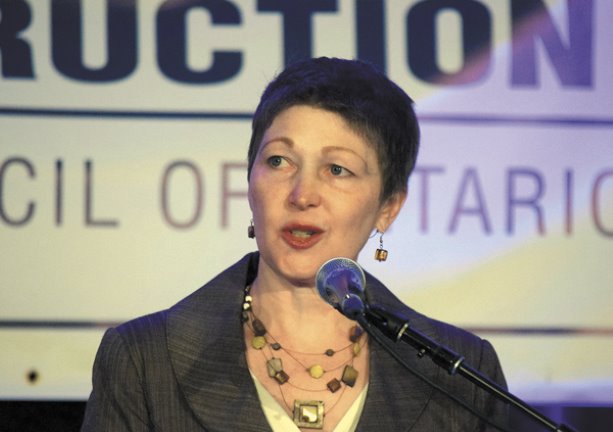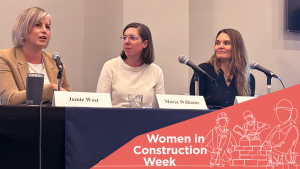Adding diversity to the workplace is not only the right thing to do to reflect the faces of modern Canada, but it’s essential if the sector is going to deal with labour shortages.
That was the message delivered as the Provincial Building and Construction Trades Council of Ontario held its annual meeting in Niagara Falls, Ont. earlier this month.
The agenda included an address on the theme by an activist from outside the construction sector, Linda Weichel, vice-president of initiatives for CivicAction, and beyond that, most speakers pushed the need to attract more new Canadians, people of colour, indigenous Canadians and women to the construction workforce.
The message comes at a time, delegates were told, when the city of Toronto has almost 50 per cent of its population foreign born and when statistics indicate over 20 per cent of construction workers now working will retire within the next 10 years.
Building Trades business manager Patrick Dillon explained why the council leadership decided to make diversity an overarching theme of the conference.
“Diversity is a reality for our population, and the goal is to make it an asset in our workplaces,”
Linda Weichel
CivicAction
“Diversity, I see it when I look at Toronto, or Ontario, Canada is very well positioned,” said Dillon.
“People are proud to say they are from Canada, and I think that a major part of that is the diversity of our population.
“I don’t see that same diversity in the building trades. It’s lacking and I think we would be stronger, like the country, if we diversified.”
Among the 150 delegates attending the convention, Dillon observed, just a handful were women or from visible minorities.
“It is a pretty complicated matter in the sense that some people say none of them apply,” he said. “And that’s true. And the reason none of them apply to the building trades is that they don’t see anyone in the building trades who reflect them.
“So we have to deal with that and figure out a way to close that gap, not only because it is the right thing to do, but also because we are going to need the people. On top of that, there is no doubt in my mind that no matter what political party, federal or provincial, or municipalities, they are going to have it in parts of their procurement documents that the workforce will have to reflect the faces of the regional area where the work is going up.”
Weichel presented the business case for diversity. By 2031, Statistics Canada has reported, the number of workers who were born outside Canada will be one in three, she said.
“Diversity is a reality for our population, and the goal is to make it an asset in our workplaces,” she said.
Echoing the point made by Dillon, Ontario’s Infrastructure for Jobs and Prosperity Act specifically mentions diversity in the workplace.
“Over time, the issue of diversity and inclusion has moved away from being a nice to have to a need to have,” said Weichel. “Forty-eight per cent of organizations in the GTA now have a diversity and inclusion strategy.”
Recent research into 8,000 Canadian workplaces found that a one-per-cent increase in ethno-cultural diversity was associated with a 2.4-per-cent increase in revenues and a 0.5-per-cent improvement in workplace productivity.
And for every one-per-cent increase in gender diversity, there was a 3.5-per-cent increase in revenue and 0.7-per-cent increase in productivity.
“So let’s see, what comes with a more diversified workforce?” asked Weichel. “A bigger pool of candidates, the ability to meet procurement requirements and you are more competitive with non-unionized workforces.”
Niagara Centre MP Vance Badawey brought greetings from the federal government and reiterated the diversity theme. The federal government has increased support for Red Seal trades, he said, but for recruitment to be effective, the stigma needs to be removed from the skilled trades as a career. As part of that process, barriers to the participation of women and indigenous Canadians need to be addressed, he said, including family obligations and discrimination.
“We need to help all Canadians get the skills they need to become part of the workforce,” said Badawey. “When everyone can participate in the workforce, everyone benefits.”
A different take on the issue came from Tom Sigurdson, executive director of the BC Building Trades Council, who discussed the need to obtain buy-in from the community for projects.
“We need a social licence, and that means we need women in trades, First Nations in trades, new Canadians in the trades,” he said.








Recent Comments
comments for this post are closed